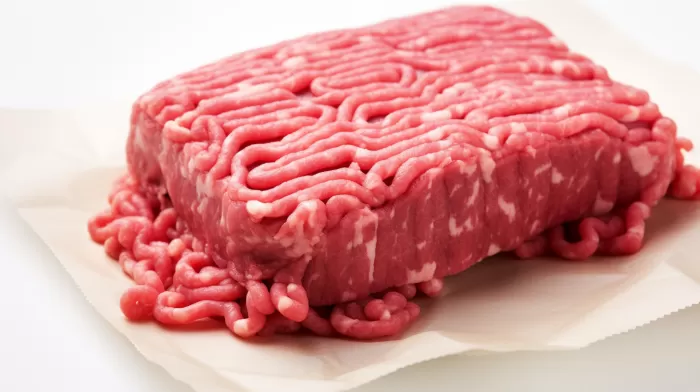Remember the big pink slime controversy from last year? Well, get ready for a comeback. “Pink slime,” or more officially known as “finely textured meat,” is about to make a return to supermarkets and beef products near you. Food companies have learned from their past mistakes, and this time around, they promise to be more transparent about their products. But is that enough?
What is Pink Slime?
In case you missed the uproar, pink slime refers to processed, sterilized bits of leftover beef that were added back into hamburger and other beef products. This highly controversial practice came under heavy scrutiny last year when the public became aware of it. As a result, these “finely textured meats” were removed from most supermarkets and restaurants, as consumers insisted on better quality and more transparency in their food sources.
The Revival of Pink Slime
Despite the initial backlash, food giant Cargill Inc. has decided it’s time for pink slime to make a return. John Keating, an executive with the beef processor, said, “…consumers believe ground beef products containing finely textured beef should be clearly labeled. We’ve listened to the public, as well as our customers, and that is why today we are declaring our commitment to labeling finely textured beef.”
In response to consumer demands, Cargill promises to clearly label all beef products that contain finely textured meat, without using the term “pink slime,” as that has become something of a PR nightmare for the company. According to a report in The New York Times, the Cargill brands Excel and Our Certified Ground Beef will soon include this type of meat in their product lines.
The Impact of Pink Slime on the Industry
The pink slime controversy has had a significant impact on the beef industry. One of the most notable developments following the scandal is the lawsuit filed by Beef Products against ABC News for defamation. The company claimed that ABC News’ reports attacking pink slime negatively affected their business, causing serious financial damages.
What Does This Mean for Consumers?
The return of pink slime raises a few important questions for consumers. First and foremost, is this finely textured meat safe to eat? According to the US Department of Agriculture, this type of beef is safe for consumption, as it undergoes a thorough cleansing process using ammonia to eliminate any harmful bacteria.
However, it’s essential to remember that pink slime is a byproduct of the beef industry, and many argue that including it in beef products is a way for companies to cut costs and increase profit margins by using every part of the animal. While this may be a sound business practice, it doesn’t necessarily align with consumer desires for high-quality and pure beef products.
The Importance of Transparency in the Food Industry
The return of pink slime raises another issue: the importance of transparency in the food industry. Consumers have the right to know what they’re putting in their bodies, and the fact that food companies have been slipping in finely textured meat without explicitly informing customers raises concerns about ethical practices.
Thankfully, food companies like Cargill are finally taking steps in the right direction by committing to clear labels for their products containing finely textured meat. However, it’s essential for consumers to continue demanding transparency and hold food companies accountable for their practices.
Conclusion
The comeback of pink slime serves as a reminder that consumers need to be vigilant about the source and quality of the food they purchase. While food companies may be making strides in transparency, it’s ultimately up to each individual to make informed decisions about what they’re putting on their plates. Stay informed, ask questions, and choose wisely when it comes to your food sources.



